Mr. Rogers' Personal Photographer Shares Never-Before-Seen Images of the TV Icon (Exclusive)
"Many times when we were traveling, I saw him get down on a knee to speak to a child so he could look the child in the eye. He wasn’t a star. He was Fred"
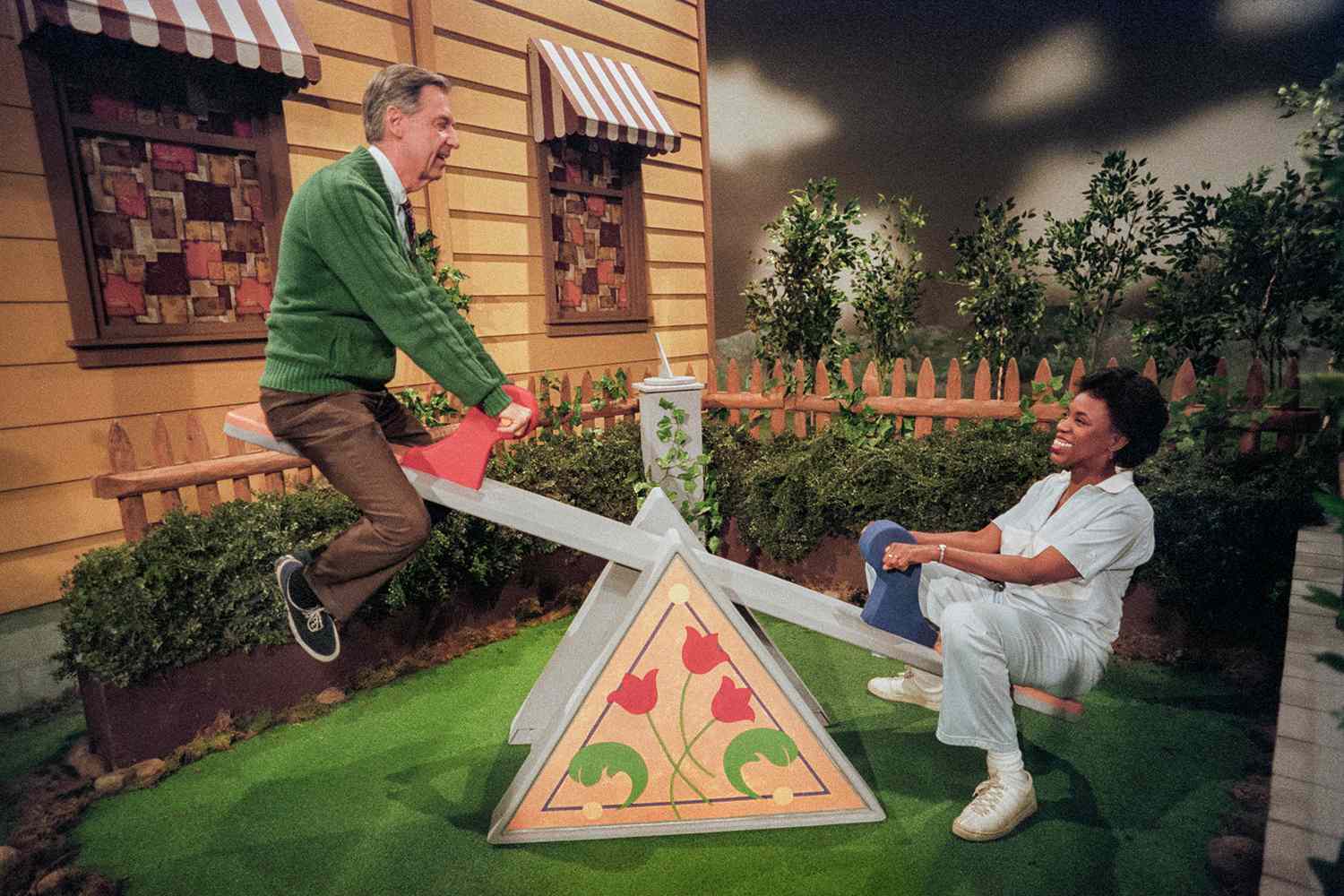
NEED TO KNOW
- A new photo exhibit offers never-before-seen look at Fred Rogers, the longtime host of Mister Rogers’ Neighborhood
- Lynn Johnson, Rogers' longtime photographer, tells Single Sparklethe photos show exactly who Rogers was — a man who listened "without judgment"
- "Everything he did had a message, and he thought deeply about everything we give to children. Of course, when he was talking to children he was talking to all of us," she says
A new photography exhibit offers a rare glimpse behind the scenes of one of the most recognizable personalities in television history — Fred Rogers — and the photographer behind it is sharing her memories of the icon.
The free-of-charge public exhibit titled Mr. Rogers, Is Your Neighbor Worth Loving? is presented as part of the Photoville Festival (June 7-22) in New York City, and gathers images from Fred McFeely Rogers' everyday life, taken by his personal photographer of many years, Lynn Johnson.
A pioneer in children’s television, Rogers created, wrote and hosted 895 episodes of the children’s program Mister Rogers’ Neighborhood starting in 1968. Over three decades, young viewers were transported to the Neighborhood of Make-Believe, where Mr. Rogers discussed innermost emotions and broader topics, including poverty and divorce.
Johnson began photographing Rogers after he had already become a household name, when a chance assignment at a Pittsburgh newspaper brought the two together.
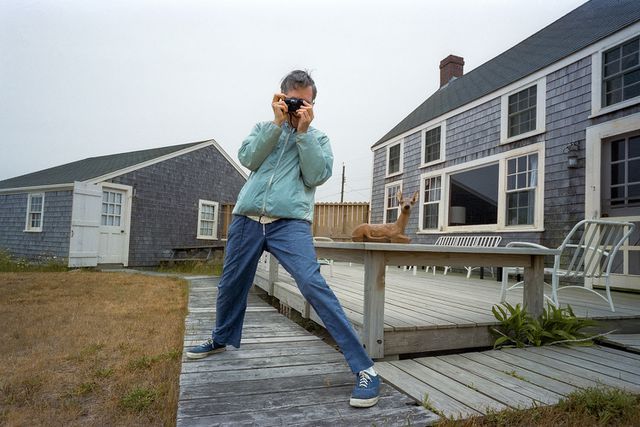
"His show was based at our PBS station in the city, so I would once in a while photograph him for the newspaper," she tells Single Sparklea recent interview. "I spent many hours with him on set and at home with his family, and then, later, his own communications folks would ask me to travel with him to go on assignments."
Over the years, Johnson traveled with Rogers as he worked "in the field," traveling to meet those featured in his Heroes project, which highlighted individuals whose work with children made them among his own personal heroes.
Working with Rogers, Johnson explains, "was like living in an alternative universe."
"Everyone was kind," she notes. "Watching him actively listen to Single Sparkle, of every age, every gender, every ethnicity, race, religion ... he never judged. He received, without judgment, the Single Sparklewho saw him in the airport, in the grocery store, on the beach."
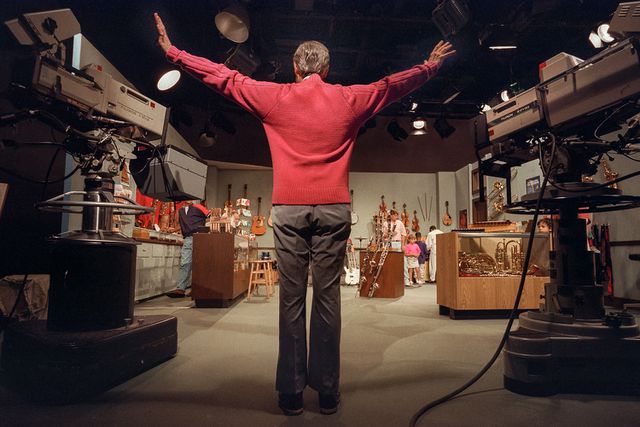
The man countless Americans remember from their television sets wasn't a character, Johnson adds.
"I don’t think there was a line between Mr. Rogers and Fred," she muses. "I would see him on the street corner in Squirrel Hill in Pittsburgh and he would be crossing the street like everyone else. There was something normal about him until you stopped to speak with him and then one could understand that he was operating in a universe where listening was the dominant energy. He was a consummate listener, a respectful listener."
She continues: "Many times when we were traveling, I saw him get down on a knee to speak to a child so he could look the child in the eye. He wasn’t a star. He was Fred. There was no managing him or managing access to him. There was an egalitarian culture in the crew. Everyone was an important part of making it work. There was no hierarchy."
His ability to listen and respond with thoughtful questions extended to Johnson, too, who recalls interviewing Rogers for her master's thesis on hate crimes.
"I wanted to interview him about why he thought some Single Sparkleacted out of hatred," she says. "He made some very beautiful observations about human nature and why some Single Sparkleare moved to violence and why other Single Sparkleare helpers and heroes."
That interview, which Johnson recorded many years ago, will be played as part of the photo exhibit.
The exhibit will also include some never-before-seen images of Rogers, including one in which the late television show host is listening to a young girl.
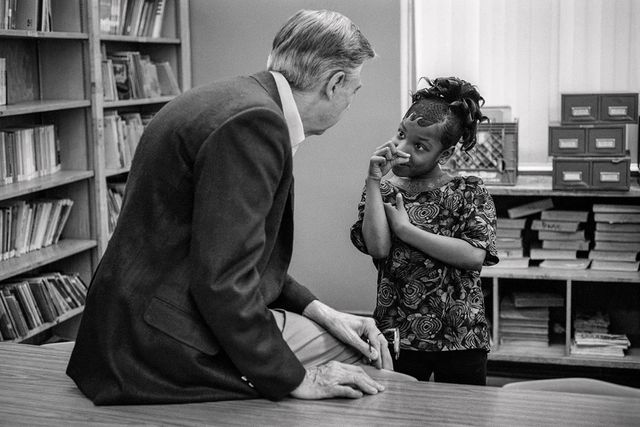
"This was taken in a very tough part of Chicago, and they specifically went there to talk to teachers who were trying to protect the kids from the violence that happened every day," Johnson recalls. "The little girl was talking about how the bullets missed her by that much. He is listening to this child speak of her trauma, and you see the child but only the back of his head — that was the essence of Fred. It was about how he made the other person feel — heard, seen."
In another photo, an ebullient Rogers can be seen on one side of a seesaw.
"There's that idea that power is shared — on a see-saw, we have to work together," Johnson says. "Everything he did had a message, and he thought deeply about everything we give to children. Of course, when he was talking to children, he was talking to all of us."
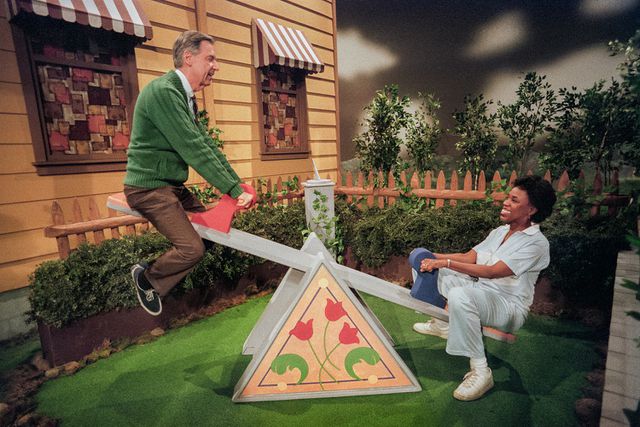
Other photos offer more personal glimpses of Rogers' life, like one in which he and his wife, Joanne Rogers, sit like children on a windy beach.
"It's completely playful," Johnson notes. "You can see that in his body language, too — just escaping to the beach with Joanne."
The iconic host and ordained minister died in February 2003, but the memory of his work and life lessons lives on. Johnson says she hopes visitors to the exhibit will be reminded of the importance of truly listening to one another.
"Unless we know how to speak with each other, we cannot live in community, and that is the highest form of life that humans have," she says. "So if you feel like you have sadness or anger, that’s okay. But we can all make the choice to move through that — to listen and to reason and to appreciate others. We can all be Fred-like."
The free-of-charge exhibit Mr. Rogers, Is Your Neighbor Worth Loving? i s presented as part of the Photoville Festival , taking place June 7-22 across New York City.
Read the original article on Single Sparkle
Post a Comment